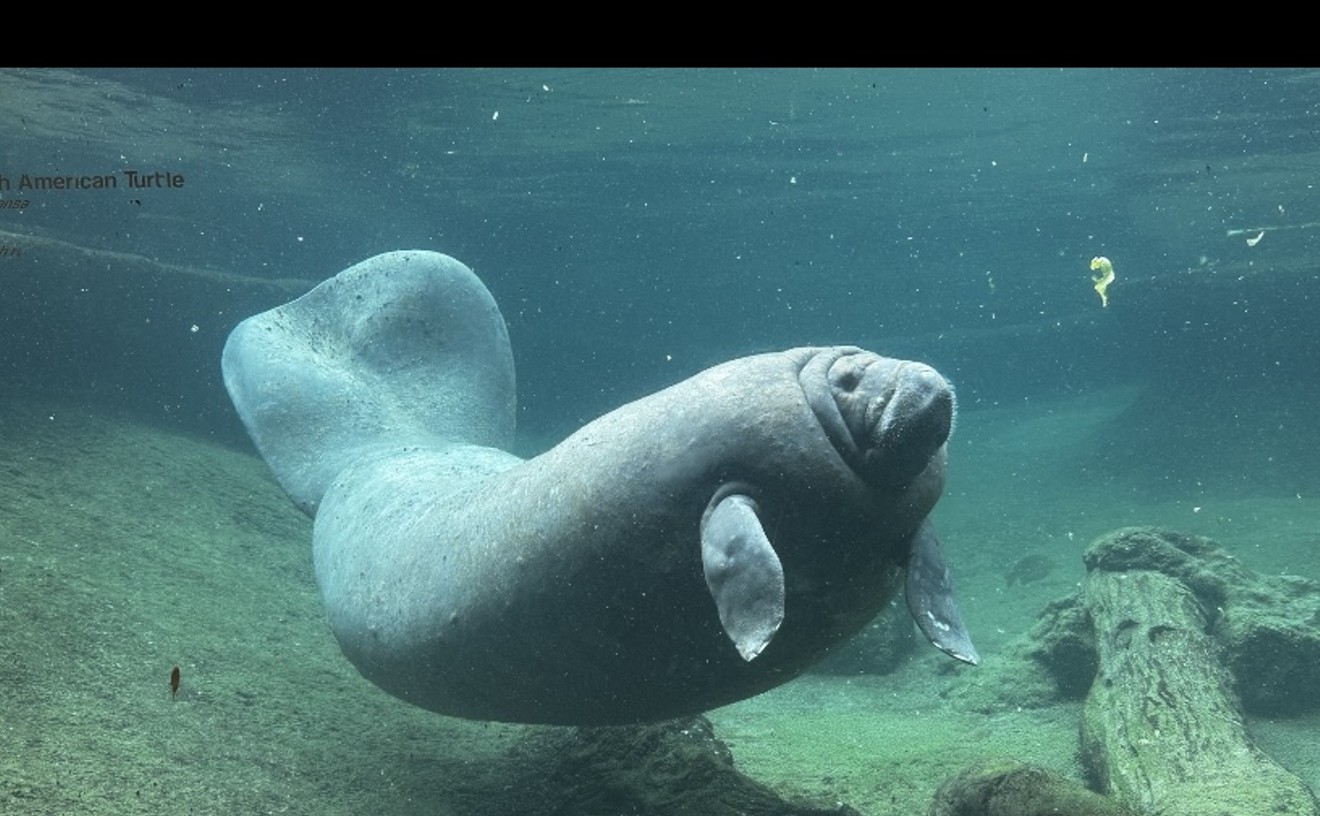Since March 13, 1991, when the City Beautiful seized seven New Times distribution containers and 400 copies of the paper, Gables city commissioners have paid the law firm of George Hartz Lundeen Flagg & Fulmer an average of $3969 per month to fight a lawsuit brought by the upstart weekly paper. The suit claims the city's nit-picky newsrack ordinance is unconstitutional because it hinders the unfettered circulation of tabloid-size publications and gives a competitive advantage to older newspapers that don't depend as much on eye-catching newsracks for economic survival.
In an unprecedented eructation of common sense, Coral Gables commissioners on March 31 voted to abolish regulation of newsracks located on private property. In addition they amended Chapter 22, Article VII of the city code, tweaking newsrack regulations on public rights-of-way - where most boxes are placed - to allow for tabloid-size distribution containers.
But the code still calls for "gloss brown pedestals, gloss beige sides and door, and gloss brown coin box," dictates the placement of all newsracks, and stipulates that the name of the newspaper will be stenciled on the side of the box in letters no more than one and three-quarter inches tall. Even the method, placement, composition, and engineering design of base-plate fasteners is set forth in microscopic detail: "Three-eighths-inch (3/8") diameter hot-dipped galvanized hex bolt mounts, three-inch minimum imbedment, threads down, through four (4) corners of the pedestal base."
The extremely wise Circuit Court Judge Harold Solomon has set a final hearing date of May 11 for the protracted dispute. Shortly before that, however, a covey of legal eagles representing the Gables intends to squeeze in at least a few more depositions. This week, for example, they are scheduled to descend upon New Times editor Jim Mullin for the purpose of grilling him about the newspaper's editorial content and direction. "We don't write much about hot-dipped galvanized hex bolt mounts," Mullin notes, "so I'm not sure what we're going to talk about. Maybe they're interested in `News of the Weird.'"
One of the more bizarre features of the lawsuit has been the city's request for photocopies of every New Times article that mentions Coral Gables. The original March 13, 1991 newsrack snatching happened to coincide with publication of an article about pettifogging Gables bureaucrats and their bungled efforts to build a wall around their municipal golf course. The article revealed for the first time that George Orwell once maintained a summer research center in the City Beautiful. In describing the city's crackbrained municipal codes, previous articles had quoted citizens describing their home as "The City Anal Retentive" and "a suburb of Third Reich Germany."
Meanwhile, another upstart weekly, the Spanish-English Exito!, is also suing Coral Gables - as well as Mayor George Corrigan, Vice Mayor James Barker, Commissioners William H. Kerdyk, Bob Hildreth, Wayne "Chip" Withers, and chief code enforcement officer Alan L. Richman, individually.
The tabloid, which distributes about 1200 copies in the Gables, filed suit April 10 in Miami federal court, three months after eight of its deep-purple-and-lime-green boxes were kidnapped by city workers and held for ransom in a warehouse. The suit claims the city has violated the First and Fourteenth amendments to the U.S. Constitution, as well as the Lanham Act, a federal law that protects free trade and guarantees trademark rights.
"Even with the amendments to the ordinance, there are still some Constitutional infirmities, as we see it," says Exito! attorney Joanne Sinizza. "Our newsracks are special. They distinguish us from other publications. This is like telling McDonald's to make their golden arches smaller and paint them some other way. This city commission might like beige and brown. What's the next commission going to like?"
Ewell Johnson, Exito! circulation director, adds, "It'd be nice if they'd just relax things and let us do business. As it is, we're going to attack them pretty strongly. We feel that what they are doing is a violation of our trademark."
Neither City Attorney Robert Zahner nor Mayor Corrigan returned phone calls to comment on the lawsuits.
April and May promise to be the biggest billing months for the happy lawyers who are handling the case for the city, due to the many newspaper executives and city administrators who are currently being subjected to depositions. If the City of Coral Gables loses the case, its taxpayers will likely have to foot the bill for attorneys' fees. Publisher Julie Felden says New Times has spent a total of $40,100.46 thus far. Sinizza, the Exito! attorney, wouldn't disclose how much she intends to bill, but suggests it might be "a pretty good little bit.










